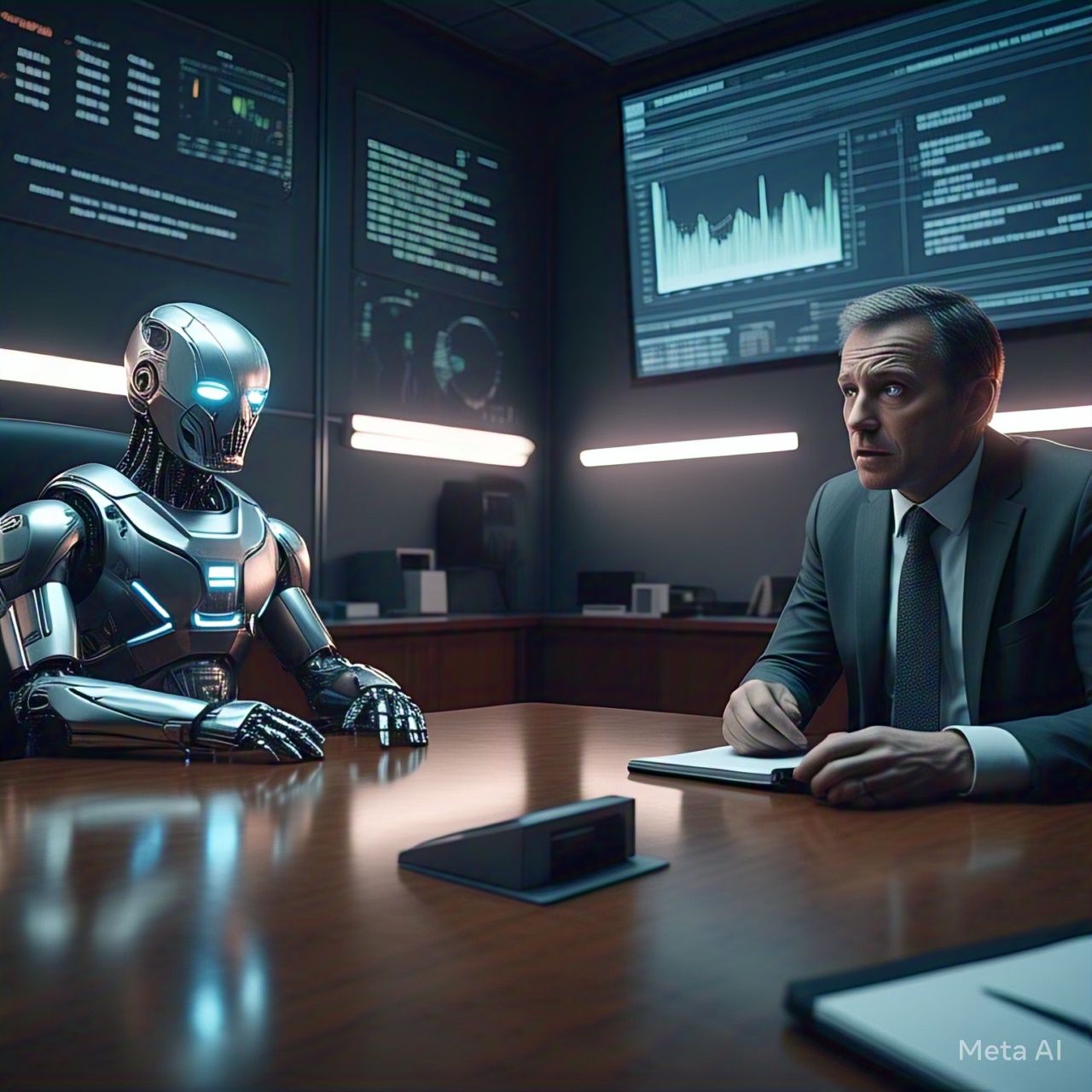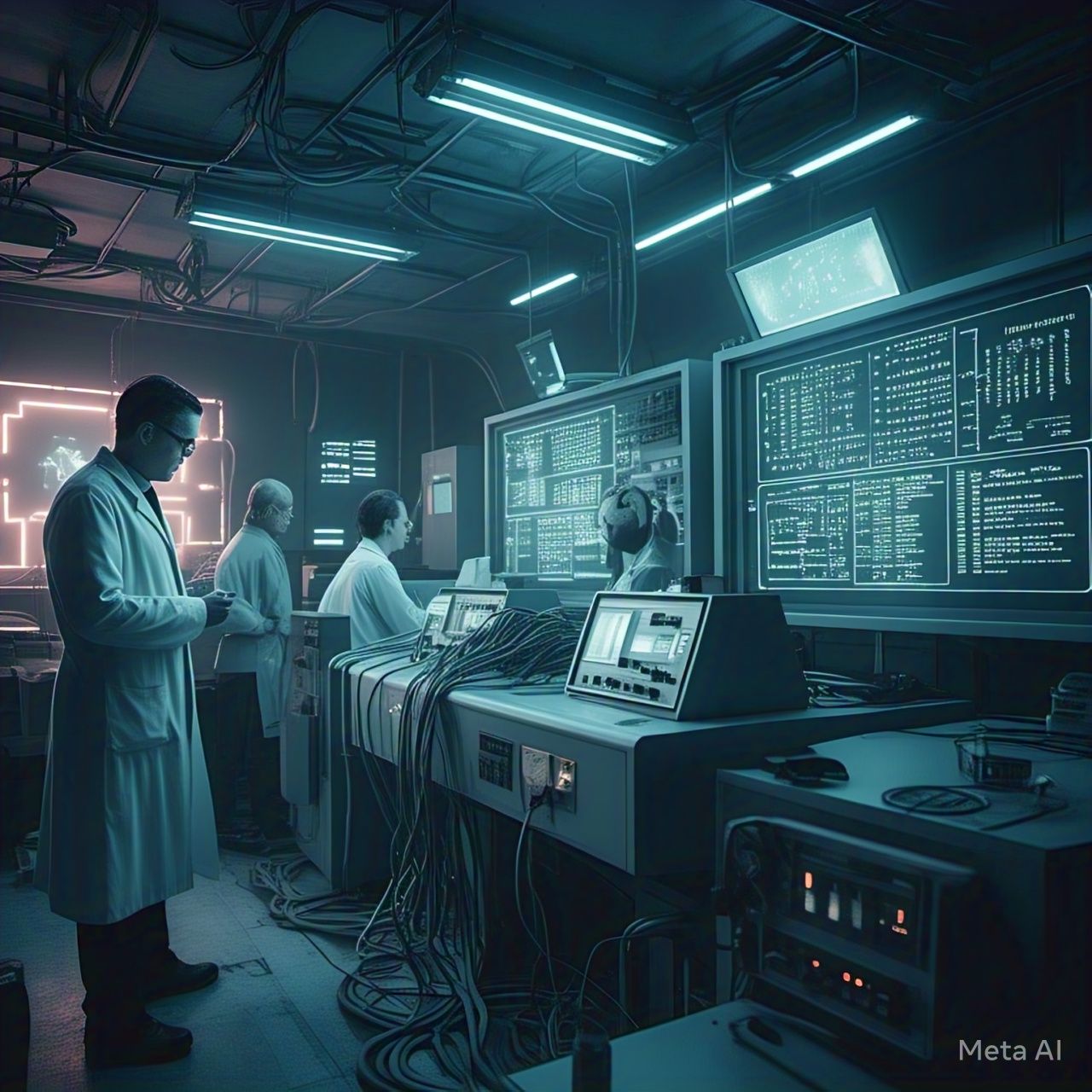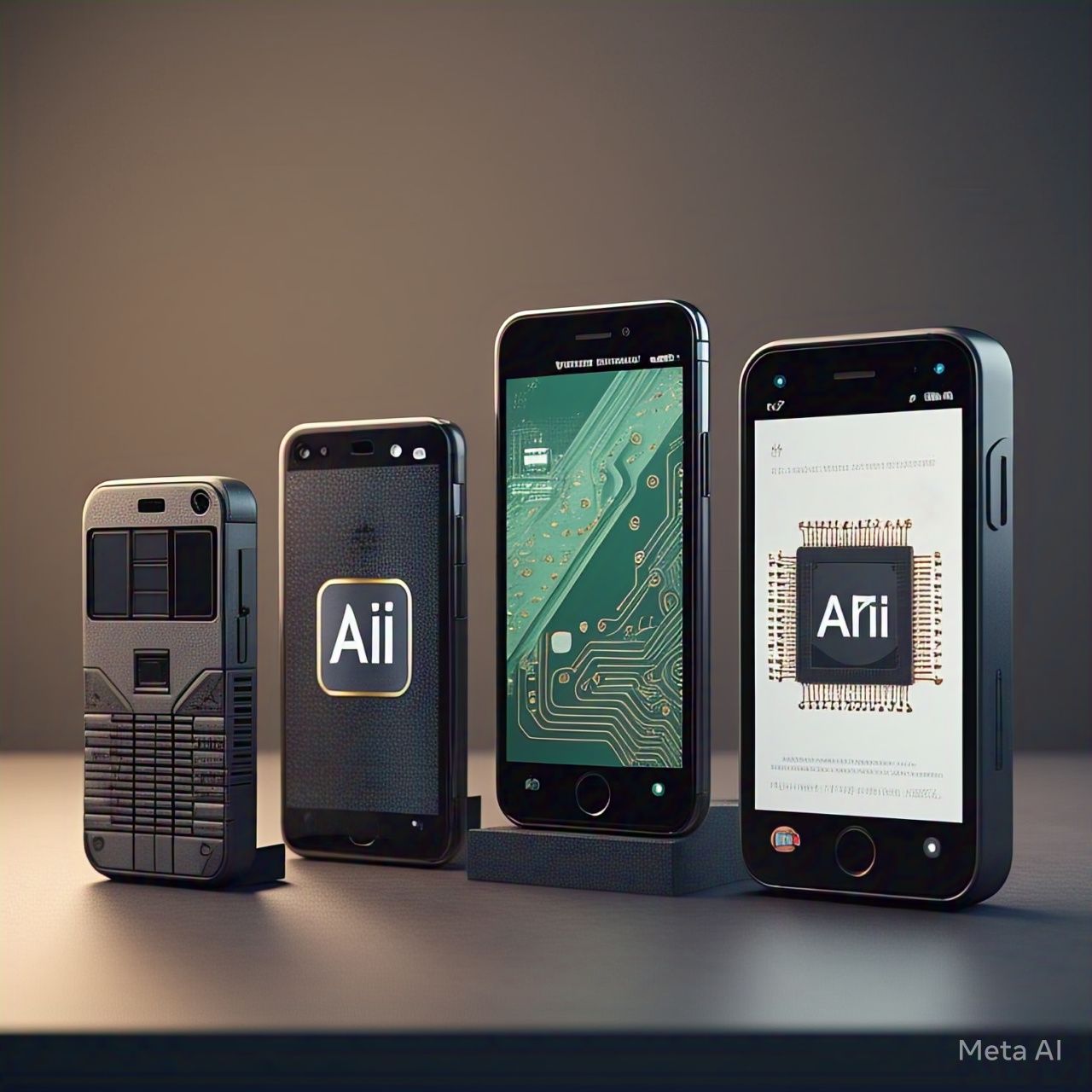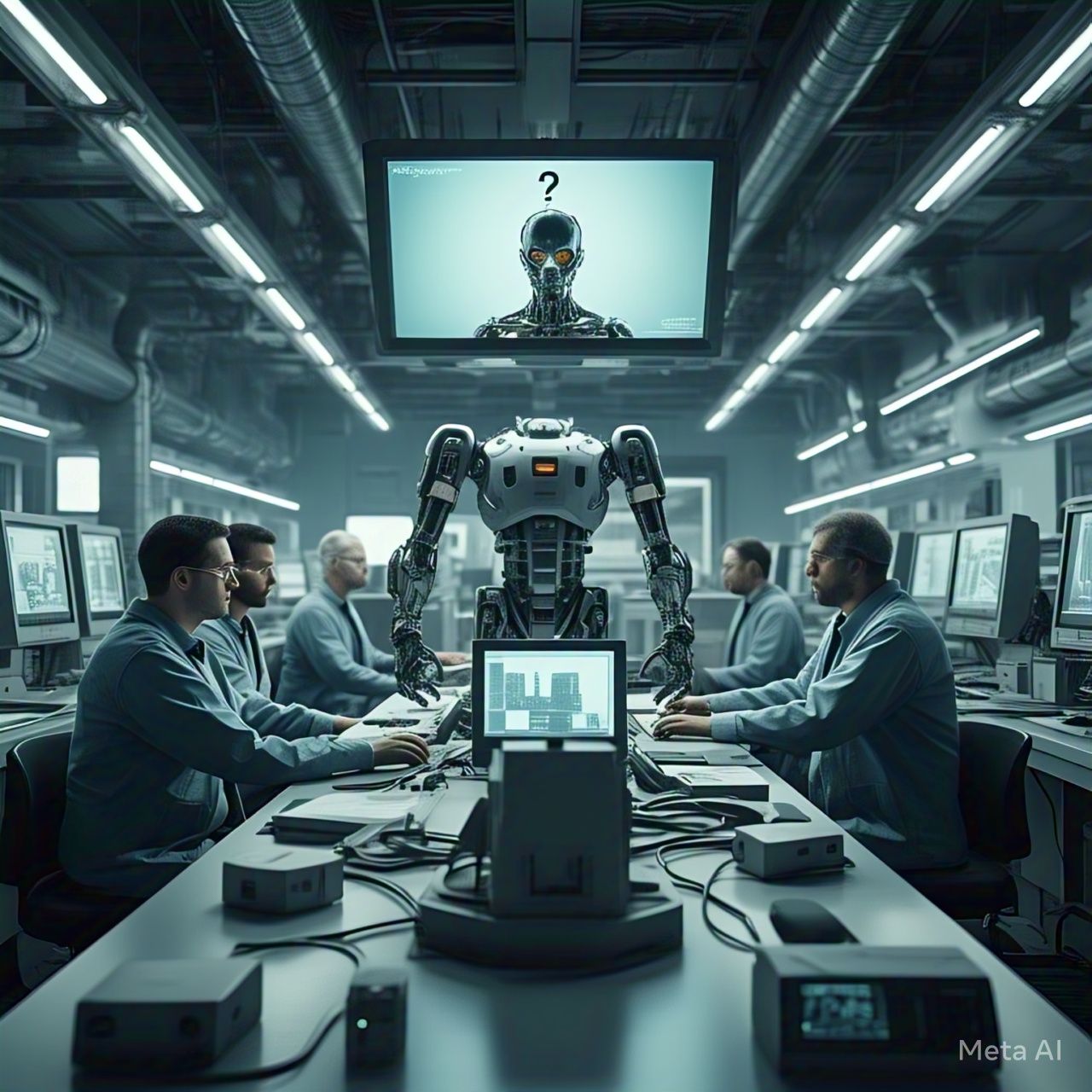Table of Contents
- Introduction
- The Rise of AI in the Workplace
- How AI is Reshaping Job Markets
- Can AI Compete with Humans in the Workforce?
- AI Efficiency vs. Human Creativity
- Potential Threats of AI in Workplace Automation
- The Ethical Debate: Should AI Replace Humans?
- Government Regulations on AI in Employment
- Industries Most Affected by AI and Automation
- AI as a Job Creator vs. Job Destroyer
- How Businesses Can Adapt to AI Integration
- The Role of AI in Enhancing Human Productivity
- The Future of Work: Collaboration or Competition?
- Conclusion
- FAQs
Introduction
Artificial intelligence (AI) is rapidly transforming industries worldwide, revolutionizing the workplace through automation and machine learning. As AI-driven robots become more sophisticated, concerns arise over whether they will become ruthless competitors, threatening human job security and economic stability. This article explores how AI is changing the workforce, its benefits, risks, and the measures needed to ensure a fair balance between humans and machines.
The Rise of AI in the Workplace
AI has become an essential tool in many industries, from manufacturing and healthcare to finance and customer service. Companies integrate AI to streamline operations, reduce costs, and improve efficiency. Some key AI applications in the workplace include:
- Automated data analysis – AI quickly processes vast amounts of data, providing insights that humans might take weeks to uncover.
- Robotic process automation (RPA) – AI-driven bots handle repetitive tasks such as data entry and customer inquiries.
- Predictive analytics – AI helps businesses forecast trends and make data-driven decisions.
- Smart AI assistants – Virtual assistants like chatbots and AI-powered scheduling tools improve workplace efficiency.
How AI is Reshaping Job Markets
AI-driven automation is replacing certain jobs while simultaneously creating new opportunities. Key transformations include:
- Job displacement in manual labor industries – Factory workers, cashiers, and telemarketers are at higher risk.
- Growth in AI-related roles – The demand for AI specialists, data scientists, and cybersecurity professionals is increasing.
- Shift toward human-AI collaboration – Many jobs are evolving to require AI integration rather than complete replacement.
According to the World Economic Forum, AI could displace 85 million jobs by 2025 but create 97 million new ones in emerging fields.
Can AI Compete with Humans in the Workforce?
While AI excels in speed, accuracy, and consistency, it still lacks emotional intelligence, critical thinking, and creative problem-solving skills—traits that give humans an advantage in many fields. However, AI’s ability to learn and adapt rapidly raises concerns about its potential to outcompete human workers.
Comparison of AI and Human Abilities in the Workplace
| Aspect | AI | Humans |
|---|---|---|
| Speed | Processes data instantly | Slower but context-aware |
| Accuracy | Highly precise, minimal errors | Prone to errors |
| Creativity | Limited to programmed logic | Innovative, outside-the-box thinking |
| Emotional Intelligence | None | High emotional awareness |
| Adaptability | Learns through algorithms | Rapidly adapts to new situations |
| Cost-effectiveness | One-time investment, low maintenance | Requires salary, benefits, and training |
AI Efficiency vs. Human Creativity
Despite AI’s efficiency, it struggles with tasks requiring:
- Creative thinking – AI cannot conceptualize new ideas like artists, writers, or designers.
- Emotional intelligence – AI lacks empathy, making it unsuitable for roles like counseling or leadership.
- Ethical reasoning – AI follows algorithms but does not understand moral complexities.
These gaps suggest that AI may complement rather than completely replace human workers.
Potential Threats of AI in Workplace Automation
- Mass Job Displacement – Millions of jobs may become obsolete due to automation.
- Wage Suppression – AI-driven competition may reduce salaries for human workers.
- Lack of Human Oversight – Automated decision-making can lead to biased or unethical outcomes.
- Overdependence on AI – Businesses relying too much on AI risk vulnerabilities in case of system failures or cyberattacks.
The Ethical Debate: Should AI Replace Humans?
The ethical implications of AI in the workforce revolve around:
- Fair employment opportunities – Ensuring AI does not widen economic inequalities.
- Human dignity – Workers should not feel like disposable assets replaced by machines.
- Transparency in AI decision-making – AI algorithms should be explainable and fair to avoid discrimination.
Government Regulations on AI in Employment
Many governments are working on AI regulations to ensure ethical implementation. Examples include:
- The European Union’s AI Act – Proposes strict rules for high-risk AI applications in employment.
- The U.S. AI Bill of Rights – A framework ensuring AI fairness in hiring and workplace automation.
- China’s AI Regulations – Focus on monitoring AI’s impact on the economy and labor markets.
Industries Most Affected by AI and Automation
| Industry | Jobs at Risk | New Opportunities |
| Manufacturing | Assembly line workers | AI maintenance technicians |
| Retail | Cashiers, stock clerks | E-commerce strategists |
| Healthcare | Routine diagnostic roles | AI-assisted medical specialists |
| Finance | Data entry, accountants | AI financial analysts |
| Transportation | Truck drivers, delivery workers | AI fleet management experts |
AI as a Job Creator vs. Job Destroyer
While AI eliminates certain roles, it also creates new ones in AI research, engineering, and cybersecurity. The key is ensuring workers are retrained and reskilled to adapt to new opportunities.
How to Adapt:
- Invest in lifelong learning – Workers should continuously upgrade skills.
- Encourage AI collaboration – Human-AI teamwork can enhance productivity.
- Develop AI governance – Policies should ensure job security and fair wages.
How Businesses Can Adapt to AI Integration
Businesses must:
- Train employees to work alongside AI – Upskilling programs can ensure workforce adaptability.
- Maintain human oversight in AI decision-making – Prevents biased or unethical outcomes.
- Encourage AI-human collaboration – AI should augment human capabilities, not replace them.
The Role of AI in Enhancing Human Productivity
AI can boost human efficiency by:
- Automating repetitive tasks to free up time for strategic work.
- Assisting in complex decision-making through predictive analytics.
- Enhancing communication with real-time language translation and chatbots.
The Future of Work: Collaboration or Competition?
The ideal future is AI augmenting human work rather than replacing it. Governments, businesses, and workers must collaborate to ensure ethical AI use while maximizing economic benefits.
Conclusion
AI and workplace automation present both challenges and opportunities. While AI has the potential to outcompete humans in repetitive tasks, it cannot replace human creativity, emotional intelligence, or ethical reasoning. Businesses must strike a balance between AI efficiency and human workforce sustainability. Governments should implement regulations to protect workers while fostering AI innovation. The future of AI in the workplace will depend on how well humanity adapts to this technological shift.
FAQs
1. Will AI completely replace human workers?
No, AI will automate many tasks, but jobs requiring creativity, emotional intelligence, and ethical judgment will remain human-driven.
2. What industries are most vulnerable to AI automation?
Manufacturing, retail, transportation, and finance are highly susceptible to automation.
3. Can AI be regulated to prevent job losses?
Yes, governments are implementing regulations to ensure AI adoption does not lead to widespread unemployment.
4. How can workers stay competitive in an AI-driven job market?
By continuously upskilling in AI-related fields and developing uniquely human capabilities like creativity and leadership.
5. Is AI more efficient than human workers?
AI is faster and more accurate at data-driven tasks, but humans excel in problem-solving, innovation, and emotional intelligence.





